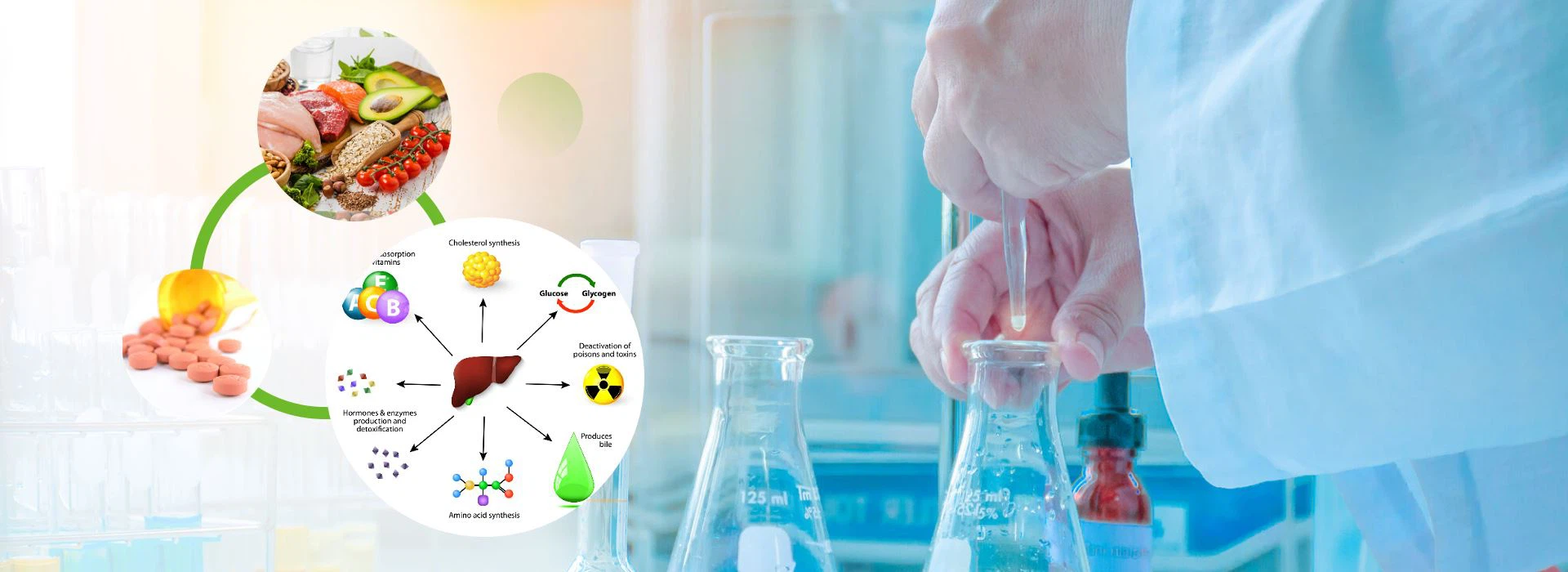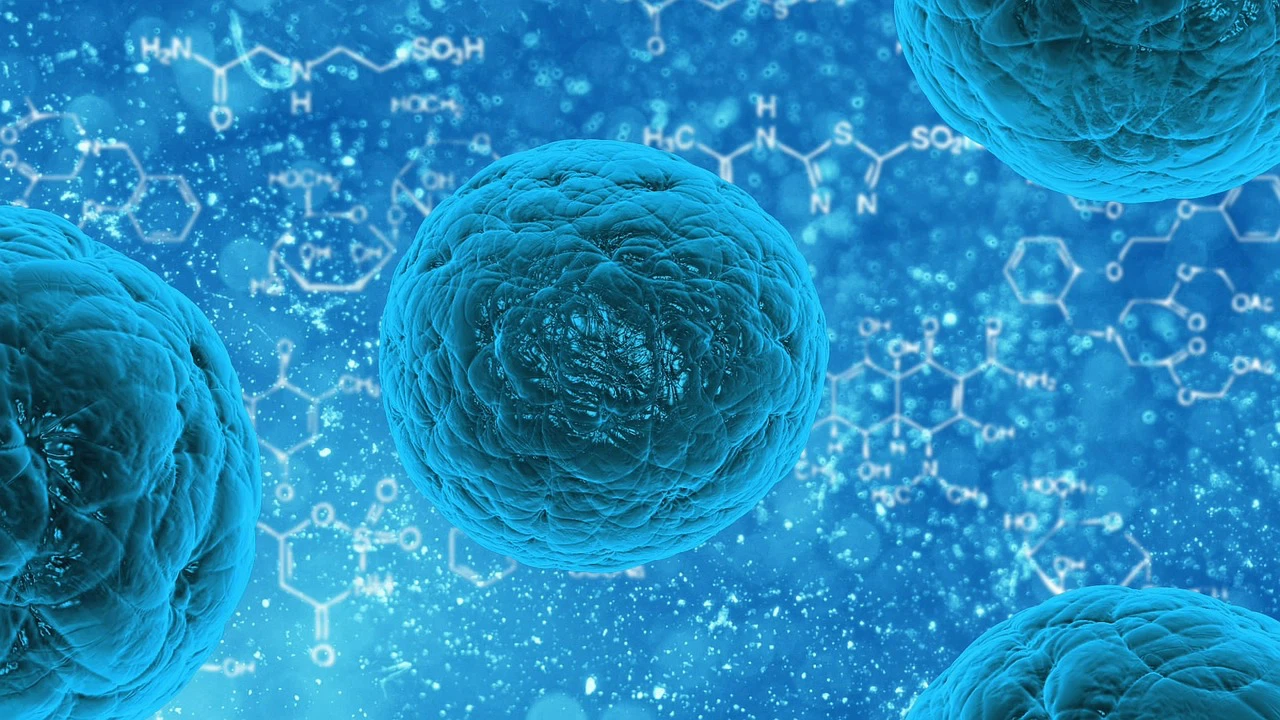
May 26, 2022 / Author: China Glutathione suppliers & NMN manufacturers
Tumor has become a very important medical research problem due to its complex mechanism. Cancer stem cells are an important subset of tumor cells, which play an important role in the occurrence and development of many tumors, and are closely related to the growth characteristics and heterogeneity of tumors.
Similar to embryonic stem cells and adult stem cells, cancer stem cells share the common feature of high proliferative capacity, but the former represents a huge social and economic pressure and burden, while the latter two symbolize the infinite hope of life. Importantly, cancer stem cells share a common metabolic strategy with embryonic stem cells and adult stem cells to maintain their characteristics and proliferation ability. In addition, cancer stem cells also have some special metabolic pathways.
Similar to the characteristics of normal stem cells, the level of reactive oxygen species in cancer stem cells is also lower than that in differentiated cells, which suggests that there is also a relationship between the stemness of cancer stem cells and the level of reactive oxygen species, by maintaining low levels of reactive oxygen species. levels are also beneficial to the survival of cancer stem cells. In addition to playing a similar antioxidant role in cancer stem cells as normal stem cells, glutathione can also affect the survival of cancer stem cells by participating in the regulation of some signaling molecules.
In recent years, with the deepening of research on cancer stem cells, the relationship between cystine/glutamate exchanger (xCT) and surface marker proteins of cancer stem cells has received extensive attention. Relationships play an important role in tumor proliferation and invasive progression.
xCT, a light chain subunit encoded by the SLC7A11 gene, can participate in the regulation of oxidative stress by transporting cystine into the cell to support the biosynthesis of thiol-containing molecules of cysteine and glutathione. SLC7A11 is highly expressed in a variety of tumor cells and is closely related to tumor development and drug resistance. Knockout of the SLC7A11 gene can increase the basal level of reactive oxygen species, reduce the production of reduced glutathione, and promote cell death under oxidative stress; overexpression of the SLC7A11 gene can increase the anti-oxidative stress and drug resistance of tumor cells. xCT can regulate glutathione synthesis and inhibit the accumulation of intracellular reactive oxygen species in tumor cells, showing tumor stem cell-like properties. At the same time, reduced glutathione can also form a conjugated compound with the important anticancer drug cisplatin to be excreted from the body and reduce the effect of tumor treatment. Depletion of intracellular reduced glutathione can trigger the accumulation of intracellular cisplatin, thereby increasing the binding amount of cisplatin to DNA, and restoring the sensitivity of tumor cells to radiotherapy and chemotherapy.
RODMAN et al found that inhibiting the metabolism of reduced glutathione can improve the sensitivity of breast cancer stem cells to radiotherapy. POLEWSKI et al also discovered the interaction between cancer stem cells and xCT. CSC surface markers can maintain the stability of the xCT subunit on the cell membrane; conversely, xCT can also promote the expression of CSC surface markers.

At present, the more in-depth research on the surface of tumor stem cells is CD44, which is also one of the adhesion molecules of intracellular hyaluronic acid. It has the function of regulating xCT and is important for the stemness maintenance, adhesion and migration of tumor stem cells. Regulation. CD44 has both a standard form and a variety of other variants, referred to as CD44v. The difference in the exon insertion site during the splicing process is the main difference between CD44 variants.
Current research has found that CD44v can improve the antioxidant capacity of cancer stem cells and participate in the growth regulation process of cancer stem cells. The specific mechanism of action is to promote the synthesis of reduced glutathione by maintaining the stability of xCT on the cell membrane surface. To achieve the effect of down-regulating the level of reactive oxygen species in cancer stem cells, it can also promote the enhancement of drug resistance of cancer stem cells.
Therefore, CD44v can protect cancer stem cells from high levels of reactive oxygen species in the tumor microenvironment, and high CD44 expression can up-regulate the expression of antioxidant-related genes in cancer stem cells, such as glutathione peroxidase. At this time, the defense capacity of cancer stem cells is supported by CD44v-promoted upregulation of reduced glutathione synthesis and high-level expression of antioxidant genes. It provides a rationale for restoring sensitivity to existing chemotherapeutic drugs. CD44 can also affect the function of cancer stem cells by interacting with other substances on cancer stem cells, such as hyaluronic acid, the main ligand of CD44.
HAGIWARA et al found that the expression of CD44v8-10 can regulate and promote the uptake of cystine by xCT, thereby regulating the synthesis of glutathione and inhibiting the accumulation of reactive oxygen species, resulting in enhanced drug resistance of urothelial carcinoma and breast cancer. Expression of CD44v9 is associated with activation of Nrf2, an important upstream signaling factor regulating glutathione levels in stem cells, and poor overall survival in patients with hepatocellular carcinoma.
The metabolism of glutamine, a precursor of glutathione, also has an important impact on the survival of cancer stem cells. Blocking glutamine can reduce the surface markers of cancer stem cells, and this response is often reversible. But more importantly, removal of glutamine from CSCs will cause depletion of intracellular glutathione, leading to the attenuation of the antioxidant system and the increase of intracellular reactive oxygen species, thereby triggering cell differentiation and leading to a gradual decrease in the CSC population.
In cancer stem cells, both reduced glutathione and glutathione synthase are highly expressed. High levels of reduced glutathione and increased expression of antioxidant enzymes promote tumor cell survival and resistance to anticancer drugs. Dependence on glutamine metabolism to maintain stem cell function is one of the important markers of tumor metabolism, and the expression of xCT on the cell surface is critical for cystine uptake. To maintain intracellular glutamine levels, tumor cells need to enhance the expression of xCT. to meet the needs of its rapid proliferation. Stable glutamine and glutathione production is required to balance redox demands in cells with highly active RAS oncogenes. The highly expressed myc gene can promote the synthesis of nascent glutathione in cancer stem cells by increasing glutamine uptake and glutamine breakdown.
At present, glutathione has been used in cancer treatment in a number of studies to confirm its effectiveness. For example, Gao Lan et al found that reduced glutathione can reduce the level of reactive oxygen species in liver cancer stem cells, and inhibit their cell viability and stemness. Increased reduced glutathione can inhibit the growth of cancer stem cells and reduce the proportion of cancer stem cells in tumor cells.
In conclusion, glutathione is a protective factor for cancer stem cell proliferation and drug resistance. Through the connection with various substances in the tumor stem cells, the regulation function of the entire tumor stem cell growth is linked together. However, it must be pointed out that the current research is still relatively broad, the mechanism of action of glutathione in cancer stem cells is still limited to the antagonism of reactive oxygen species, and the signaling pathways downstream of glutathione and the regulation of substance metabolism are still poorly understood. It is worthy of further research and development.
Article source: Huang Chenwei, Fei Yankang, Zhu Mengmei, Li Penghao, Yu Bing. The important role of glutathione in stem cell "stemness" and regulation [J]. Chinese Tissue Engineering Research, 2022, 26(07): 1119-1124.
Supplier Introduction: China glutathione supplier and NMN manufacturer GSHworld, the company mainly develops biotechnology and industrialization. As a global pioneer in enzymatic catalytic ATP regeneration technology, our company advocates green production and is committed to providing customers with better and more environmentally friendly products and services. Glutathione Manufacturer,NMN Factory,Citicoline Sodium supplier,China NMN manufacturers
PREVIOUS:Effects of NMN on the regulation of cholesterol metabolism
NEXT:Glutathione - a'barometer' in the differentiation process of stem cells
+86-755-23577295
+86 18718790084
Room 832, Building 12, Shenzhen Bay Science and Technology Ecological Park, Yuehai Street, Nanshan District, Shenzhen China